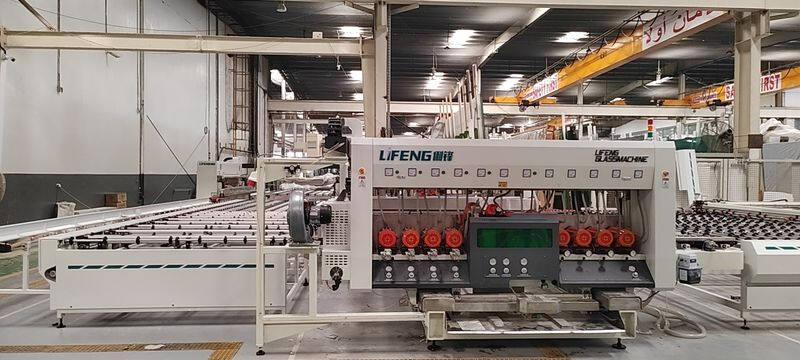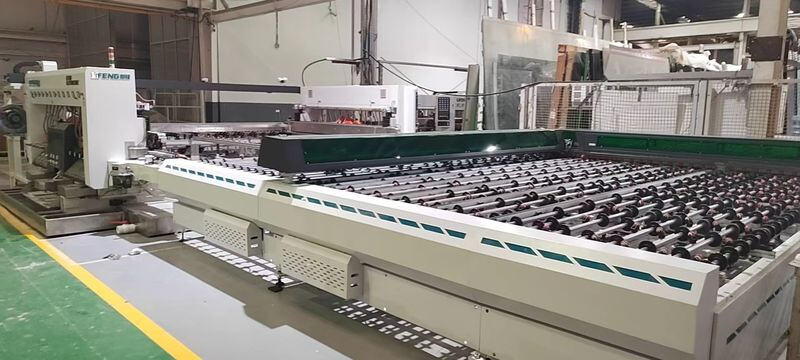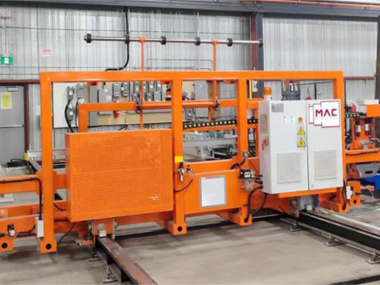double edgers
Double edgers represent a significant advancement in glass processing technology, offering precision and efficiency in creating finished edges on glass panels. These sophisticated machines simultaneously process both edges of glass sheets, incorporating multiple grinding wheels that work in perfect synchronization. The system typically features automatic thickness adjustment capabilities, enabling seamless processing of various glass thicknesses without manual intervention. Modern double edgers are equipped with advanced PLC control systems that ensure consistent quality and minimize operator input. They utilize diamond wheels for superior finishing and incorporate water cooling systems to prevent overheating during operation. The machines can handle various edge profiles, including flat, arris, and pencil edges, making them versatile for different applications. They are particularly valuable in architectural glass processing, furniture manufacturing, and automotive glass production. The processing speed can reach up to 8 meters per minute, depending on glass thickness and desired finish quality. Safety features include emergency stop systems, protective enclosures, and automated fault detection mechanisms.


